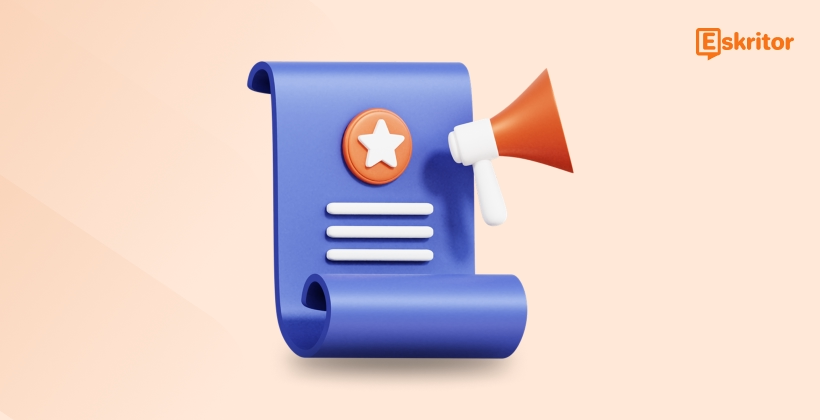AI Writers vs. Human Writers: A Comprehensive Comparison
AI Writers vs. Human Writers: A Comprehensive Comparison
Blog Article
Common Misconceptions About AI Editing Debunked
The advent of artificial intelligence (AI) has taken sweeping improvements across different industries, and the publishing market isn't any exception. From material creation to editing, AI-driven writing methods are creating dunes by transforming how persons and businesses method written communication. With enhanced speed, cost-efficiency, and precision, AI Editing (การแก้ไขโดย AI) are setting new requirements for productivity and redefining old-fashioned publishing processes.

Improved Performance and Productivity
One of the very most significant contributions of AI writers to the industry is the level of effectiveness they provide. These tools can produce high-quality material in a fraction of times it would have a human writer. For example, Jasper AI, an industry-leading AI tool, can cause articles, blogs, and advertising materials within minutes. This expedited method enables companies to scale their material production and match small deadlines without diminishing on quality.
Information also features that trend. Based on a 2023 study by MarketsandMarkets, companies using AI-powered content development instruments described a 70% decrease in time used on publishing tasks. By automating repeated writing projects such as for instance composing messages, studies, and solution explanations, AI opens up valuable time for writers to focus on more proper, innovative work.
Improved Reliability with Advanced Language Models
AI publishing tools are powered by natural language running (NLP) versions, such as GPT (Generative Pre-trained Transformer), that continue steadily to evolve with each iteration. These sophisticated models allow AI authors to create grammatically appropriate, contextually appropriate, and well-structured content. Mistakes that were once individual problems, like typos and syntax inconsistencies, are now decreased somewhat with AI.
Grammarly, like, described a 76% increase in individual accuracy normally, featuring how AI increases the detail of published communication. Furthermore, tools such as for example Copy.ai and Writesonic present functions like phrase restructuring and tone adjustments, which guarantee the final productivity aligns with the supposed purpose and audience.
Charge Savings for Companies
The integration of AI writers in to the business enterprise ecosystem is showing to be cost-effective. While hiring skilled individual authors can be costly and time-intensive, AI offers an economical alternative. AI tools an average of have subscription-based pricing, that is often a fraction of what a company would invest in staffing writers or outsourcing content creation.
As an example, small-to-midsize organizations note an average of 45% savings in material creation budgets when adopting AI publishing software. This cost effectiveness afford them the ability for startups and SMEs to contend with bigger corporations in terms of material size and quality.
Democratizing Material Formation
AI writers also stage the enjoying area by creating professional-grade methods available to people and businesses of most sizes. Freelancers, non-native British speakers, and little companies will have usage of assets that help them produce finished, skilled content. That democratization fosters inclusivity within a and empowers a broader array of voices.

Shaping the Potential of Writing
The continuous improvements in AI publishing represent a paradigm shift in the industry. With functions like predictive text, tone personalization, and contextual understanding, AI writers aren't only supporting human authors but also augmenting their imagination and effectiveness. While considerations about authenticity and appearance remain valid, the integration of AI in to writing functions is without question a game-changer.
Report this page